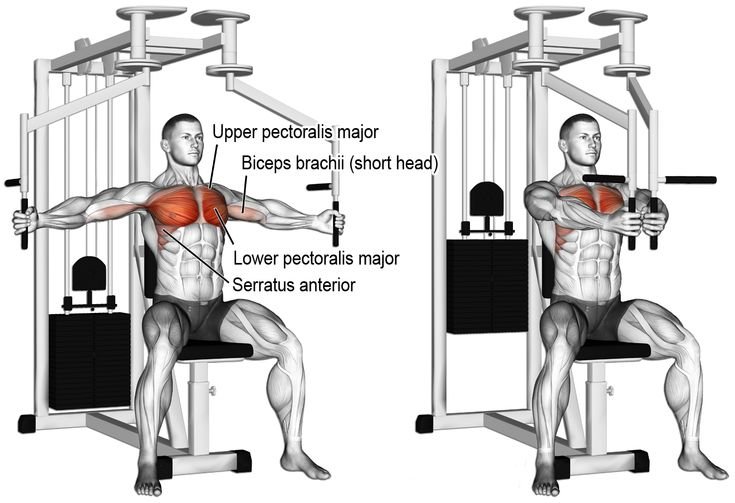
Introduction
In the realm of fitness, sculpting a chiseled midsection is a coveted goal for many. While crunches and planks are familiar exercises, the abdominal bench offers a dynamic and versatile platform to target the core muscles with precision. In this comprehensive guide, we delve into the world of abdominal benches, exploring their benefits, techniques, and variations to help you unlock the full potential of this essential fitness tool.
Understanding the Abdominal Bench
Before diving into the exercises, it’s crucial to grasp the anatomy of the abdominal bench. Typically composed of a padded board mounted on a sturdy frame, the bench can be adjusted to various angles, allowing for different levels of resistance and targeting specific muscle groups. Its ergonomic design supports the spine while isolating the abdominal muscles, facilitating proper form and maximizing effectiveness.
Benefits of Using an Abdominal Bench
- Enhanced Muscle Isolation: Unlike traditional floor exercises, the abdominal bench provides a greater range of motion, enabling deeper muscle engagement and better isolation of the core muscles.
- Improved Stability and Balance: By stabilizing the body on an inclined surface, the abdominal bench challenges the core muscles to work harder, promoting greater stability and balance.
- Versatility: From basic crunches to advanced leg raises, the abdominal bench accommodates a wide range of exercises, catering to users of all fitness levels and goals.
- Reduced Strain on the Neck and Spine: The padded support of the bench alleviates pressure on the neck and spine, reducing the risk of strain or injury during abdominal workouts.
- Progressive Overload: With adjustable incline settings, the abdominal bench allows for progressive overload, enabling users to gradually increase the intensity of their workouts as they build strength and endurance.
Essential Techniques for Using the Abdominal Bench
- Proper Alignment: Begin by adjusting the bench to a comfortable incline, ensuring that your spine is supported and aligned throughout the exercise.
- Engage the Core: Before initiating any movement, consciously engage your core muscles by drawing your navel towards your spine. This activation helps stabilize the spine and enhances the effectiveness of the exercise.
- Controlled Movement: Focus on slow, controlled movements, avoiding jerky or momentum-driven actions. This deliberate approach maximizes muscle engagement and minimizes the risk of injury.
- Full Range of Motion: Aim for a full range of motion with each repetition, allowing your muscles to stretch and contract fully. Avoid cutting short on the movement to maintain tension on the muscles.
- Mind-Muscle Connection: Maintain a strong mind-muscle connection throughout the exercise, consciously contracting the abdominal muscles with each repetition. This mental focus enhances muscle recruitment and fosters better results.
Variations of Abdominal Bench Exercises
- Basic Crunches: Lie on the bench with your knees bent and feet flat on the floor. Place your hands behind your head or across your chest, then exhale as you lift your upper body towards your knees, contracting your abdominal muscles. Inhale as you lower back down with control.
- Leg Raises: Lie on the bench with your legs extended and hands gripping the sides for stability. Keeping your core engaged, lift your legs towards the ceiling until they form a 90-degree angle with your torso, then slowly lower them back down without allowing them to touch the bench.
- Twisting Crunches: Perform a standard crunch, but as you lift your upper body, rotate your torso to one side, bringing your elbow towards the opposite knee. Alternate sides with each repetition to target the obliques.
- Reverse Crunches: Lie on the bench with your legs bent and lifted towards the ceiling. Engage your core and lift your hips off the bench, bringing your knees towards your chest. Lower back down with control to complete one repetition.
- Decline Russian Twists: Secure your feet under the foot pads of the bench and recline slightly, holding a weight or medicine ball with both hands. Engage your core and rotate your torso to one side, bringing the weight towards the floor beside your hip. Return to the center and repeat on the opposite side.
Incorporating the Abdominal Bench Into Your Fitness Routine
To reap the full benefits of the abdominal bench, incorporate it into your regular fitness routine at least two to three times per week. Start with a set of 10-15 repetitions for each exercise, focusing on proper form and controlled movement. As you progress, gradually increase the number of sets or repetitions, or adjust the incline of the bench to add challenge.
Conclusion
The abdominal bench stands as a versatile and effective tool for sculpting a strong and defined core. By understanding its mechanics, mastering essential techniques, and exploring various exercises and variations, you can unlock the full potential of this fitness essential. Whether you’re a beginner or a seasoned gym-goer, the abdominal bench offers endless possibilities for strengthening your core and enhancing your overall fitness journey.



